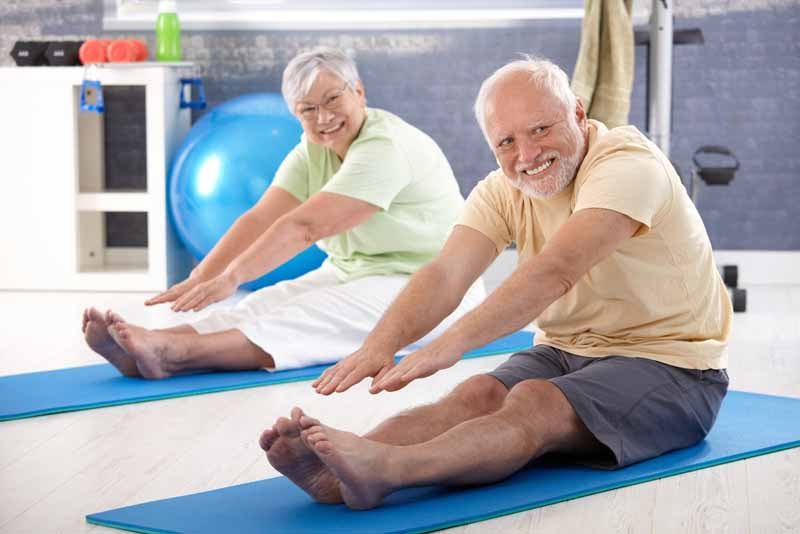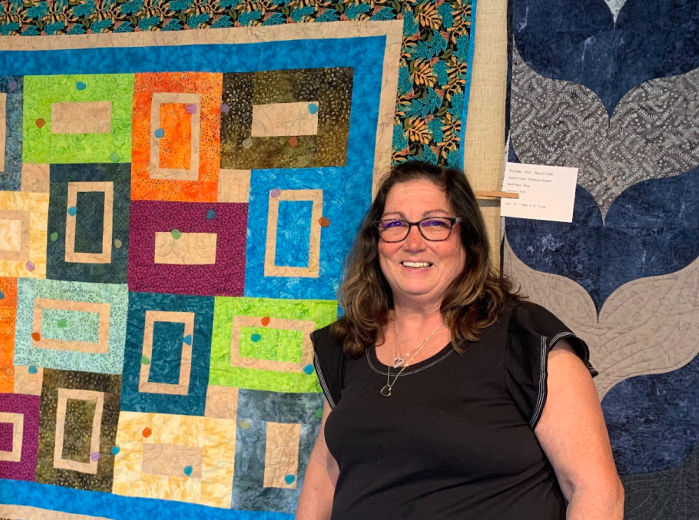 The first day of fall—Sept. 22—begins National Falls Prevention Awareness Week, an effort to educate people about how to prevent and reduce falls, especially among older adults. Nearly all 50 states, including New York, will participate in Falls Prevention Awareness Week activities this year. It’s a good time to talk about what family caregivers can do to help reduce this epidemic.
The first day of fall—Sept. 22—begins National Falls Prevention Awareness Week, an effort to educate people about how to prevent and reduce falls, especially among older adults. Nearly all 50 states, including New York, will participate in Falls Prevention Awareness Week activities this year. It’s a good time to talk about what family caregivers can do to help reduce this epidemic.
In the United States, more than 11 million people over the age of 65 fall each year—that’s one of every three senior citizens in the country. Plus, falls are the leading cause of fatal and non-fatal injuries to older people and cause more than 90 percent of hip fractures. Aside from the injuries and even death that might result, falling can lead to decreased mobility and even more fear of falling, which in turn can limit a person’s independence and negatively affect their quality of life. As more elderly loved ones choose to age independently in their homes, it’s important to have conversations about ways to prevent falls and reduce unnecessary injuries.
As a physical therapist, I work closely with the elderly, their loved ones and the visiting home care staff. The professional home care team develops a plan for the client and caregiver to follow, so that the client can remain in their home. This plan includes a home safety assessment, fall prevention guidelines and exercises to keep them as mobile as possible.
Here are some simple tips and techniques to help at-risk seniors avoid serious fall-related injuries.
Muscle strength
 Research at California State University showed that physical activity plays an important role in preventing and/or lowering an older adult’s risk for falling. As a caregiver, you can help your family member keep up his muscle strength by reminding him, coaching him or participating with him in simple exercises such as walking, yoga and exercise classes for seniors.
Research at California State University showed that physical activity plays an important role in preventing and/or lowering an older adult’s risk for falling. As a caregiver, you can help your family member keep up his muscle strength by reminding him, coaching him or participating with him in simple exercises such as walking, yoga and exercise classes for seniors.
Footwear
 Research says if you’re over 65, you increase your risk of falling if you walk barefoot or only with socks. Reflexes decrease as we age, so if your family member happens to step on something injurious, the reflex that causes him or her to hop off it may cause a fall. Encourage your family member to wear comfortable well-fitting shoes both around the house and outside.
Research says if you’re over 65, you increase your risk of falling if you walk barefoot or only with socks. Reflexes decrease as we age, so if your family member happens to step on something injurious, the reflex that causes him or her to hop off it may cause a fall. Encourage your family member to wear comfortable well-fitting shoes both around the house and outside.
Balance
 Good balance is important to prevent falls, but a person’s balance may be affected by illness or medication. If you feel you have to hold your family member or they may topple, talk to your doctor. He or she may recommend a balance retraining program and/or an assistive device, such as a cane.
Good balance is important to prevent falls, but a person’s balance may be affected by illness or medication. If you feel you have to hold your family member or they may topple, talk to your doctor. He or she may recommend a balance retraining program and/or an assistive device, such as a cane.
Multiple medications
 Taking four or more medications, especially those that may cause side effects or interactions such as dizziness or drowsiness, increases one’s risk of falling. You should talk with your primary doctor about any side effects your family member is experiencing from medications. Taking medicine with a meal or before bed or working with the doctor to have the lowest possible dosages might help ameliorate some symptoms.
Taking four or more medications, especially those that may cause side effects or interactions such as dizziness or drowsiness, increases one’s risk of falling. You should talk with your primary doctor about any side effects your family member is experiencing from medications. Taking medicine with a meal or before bed or working with the doctor to have the lowest possible dosages might help ameliorate some symptoms.
Vision

Family caregivers should encourage family members to get an annual vision exam, because failing vision can go unnoticed by a person able to carry out daily activities such as reading the paper or watching television. Vision problems can be the cause of a fall, and improving vision can go a long way in preventing falls. Proper lighting is important as well.
This video suggests simple home modifications and daily living guidelines that families can use to help older loved ones prevent trips and falls in the home. A home falls prevention checklist can also be downloaded here. For more information visit the Partners In Care website or call 888-735-8913.
Sonia Rapaport is a physical therapist at Partners in Care, an affiliate of The Visiting Nurse Service of New York (VNSNY).




























